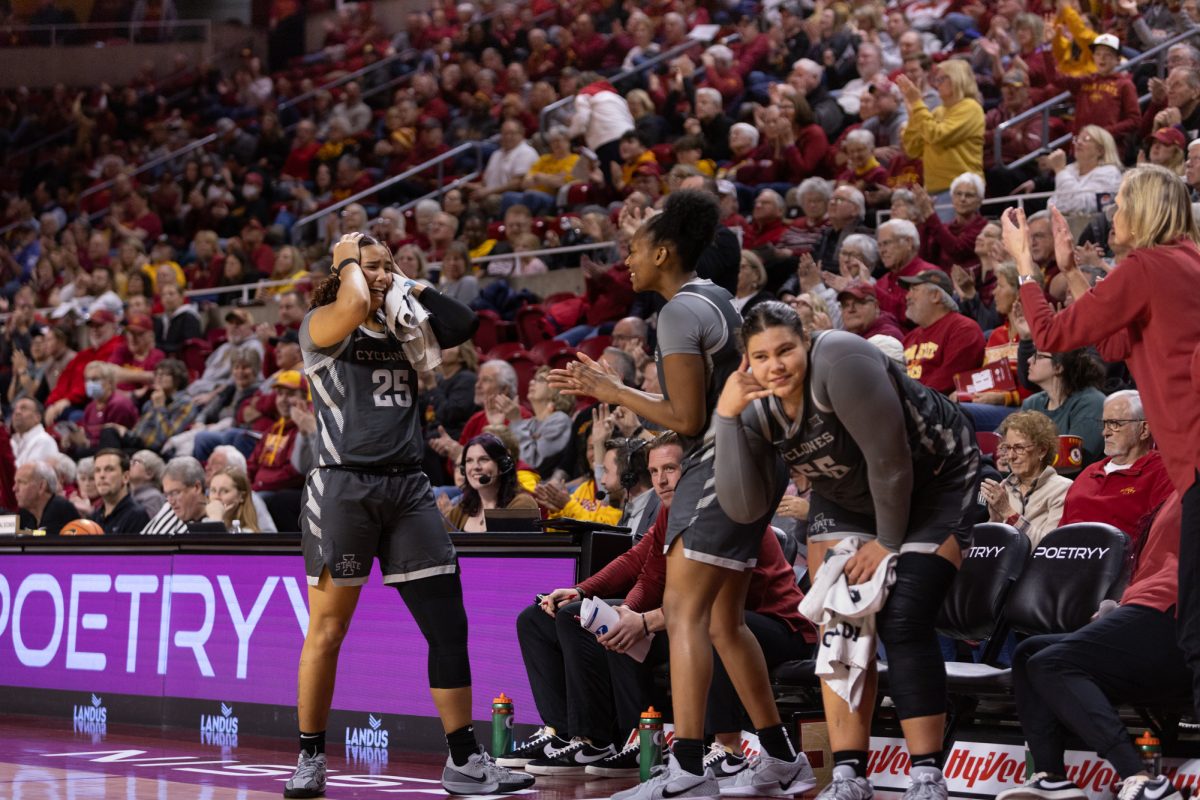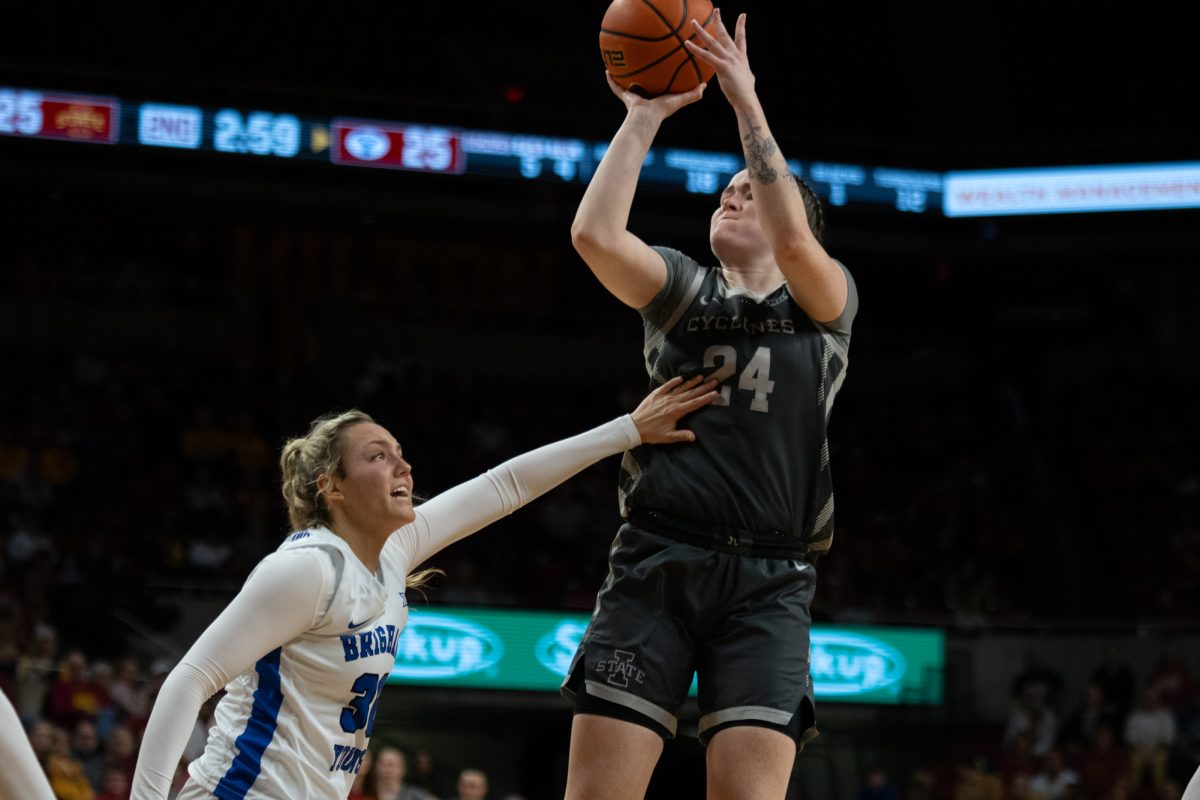Some tan despite health risks
March 5, 2002
Tanning has long been popular with people of all ages, despite medical concerns surrounding the use of tanning beds. With spring break less than two weeks away, some find the golden glow of a tan worth the risks associated with it.
“In order to tan you have to damage your skin,” said Roger Ceilley, doctor of dermatology. “There really is no such thing as a safe or healthy tan. I don’t recommend going to a tanning booth in any situation.”
Jennifer Palmer, doctor of dermatology, said tan skin is a response to damage to the DNA in a cell. The melanin in the skin darkens in an effort to protect the cell from the sunlight, she said. Essentially, tan skin is damaged skin.
“Tanning beds dramatically increase your risk of skin cancer and cataracts,” Ceilley said. “If you want the look of a tan, there are some pretty darn good self-tanners on the market. The newer ones don’t look streaky and work well.”
Palmer has some advice for students who are planning to spend time outside.
She recommends a waterproof sun block with a sun-protection factor of 30 or 45 that contains the ingredient parasol and suggests that it be applied every two hours.
“I tell everyone to avoid the midday sun because that is when the rays are the most damaging,” Palmer said.
“If you must be outside, wear sunscreen, buy a hat with at least a three-inch brim and wear sun-protective clothing if possible.”
On the other side of the spectrum, Kellie Allen, Ames resident, said she likes the look of a tan.
“I am aware of the risks, but I think I look better with a tan,” she said. “I don’t plan on using a tanning bed for the rest of my life and I don’t go very often, usually just during the winter months.”
Shelaine Bumgarner, manager of the Sizzling Cabana, said the beds are always busy.
“January through March is crazy with all of the college kids getting ready for spring break,” Bumgarner said. “The only time it gets slow is when we’re having nice weather.”
The use of tanning beds not only increases the risk of skin cancer, but it also leads to premature wrinkling and aging, age spots and freckling, Ceilley said.
Too much UVA and UVB rays also weaken the immune system, leaving one more susceptible to other diseases.
“Eighty percent of skin damage occurs before the age of 20 and most of it happens during the teen and college years,” Ceilley said.
“You need some light for vitamin D but it takes very little. I really don’t recommend getting a tan at all.”






